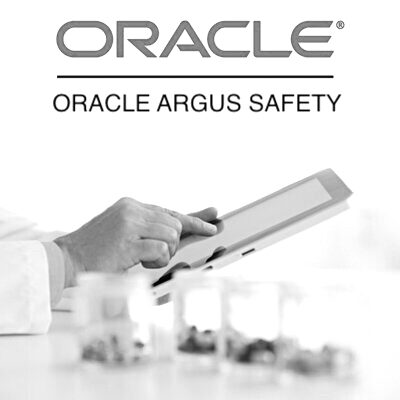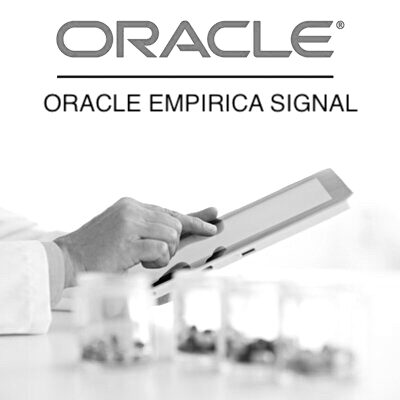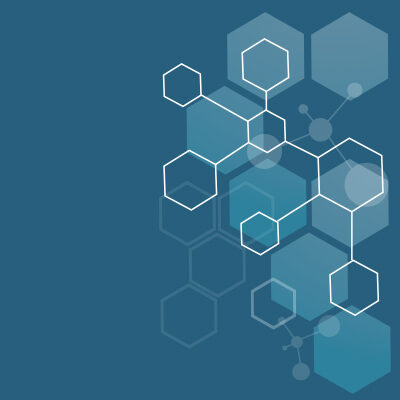Safety Reporting
Safety reporting is the process of collecting, analyzing, and reporting information on adverse events or safety concerns related to medical products. Adverse events are any untoward medical occurrences that happen after the use of a medical product, regardless of whether there is a causal relationship with the product. Safety reporting is an important aspect of pharmacovigilance, the science of detecting, assessing, and preventing adverse effects of medicines.
There are several stakeholders involved in safety reporting, including pharmaceutical companies, regulatory authorities, healthcare professionals, and patients. Each stakeholder has a role to play in ensuring that safety information is collected and reported.
Pharmaceutical companies are responsible for monitoring the safety of their products and for submitting safety data to regulatory authorities. Companies are required to report serious adverse events and other safety data to regulatory authorities in a timely manner, and they are also required to have systems in place to monitor the safety of their products on an ongoing basis.
Regulatory authorities are responsible for reviewing safety data and taking appropriate regulatory action to protect public health. This may include updating product labeling, requiring additional safety studies, or even removing a product from the market.
Healthcare professionals are encouraged to report adverse events to regulatory authorities or to the pharmaceutical company that produces the product. Patients can also report adverse events directly to regulatory authorities or to the pharmaceutical company.
By collecting and analyzing safety data, stakeholders can identify safety signals and take appropriate action to ensure the safe use of medical products. Safety reporting is a critical component of pharmacovigilance and helps to promote patient safety by identifying and preventing adverse effects of medicines.
‘You may be interested in the programs below:
-
 eLearning + software
eLearning + softwareOracle Argus Safety Essentials
$599.00 -
 eLearning + software
eLearning + softwareOracle Argus Safety Essentials + Console
$799.00 -
 Live Online
Live OnlineOracle Argus Safety – Live Online
$999.00 -
 Live Online
Live OnlineOracle Argus Safety + Console – Live Online
$999.00 -
 eLearning + software
eLearning + softwareOracle Empirica Signal
$599.00 -
 Live Online
Live OnlineOracle Empirica Signal – Live Online
$999.00 -
 eLearning + software
eLearning + softwareDiploma in Pharmacovigilance
$799.00 -
 eLearning + software
eLearning + softwareArgus Safety – Business Configuration and Administration
$599.00
